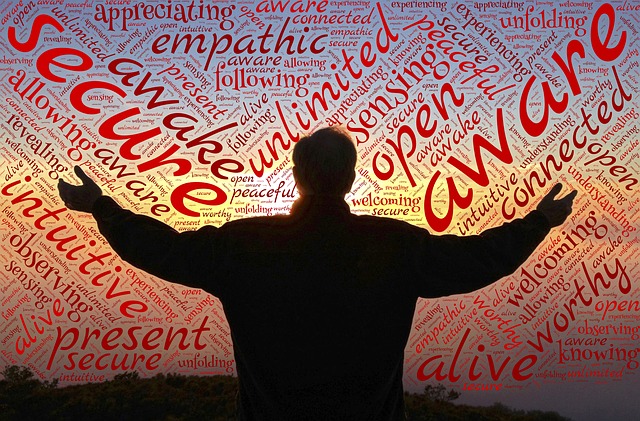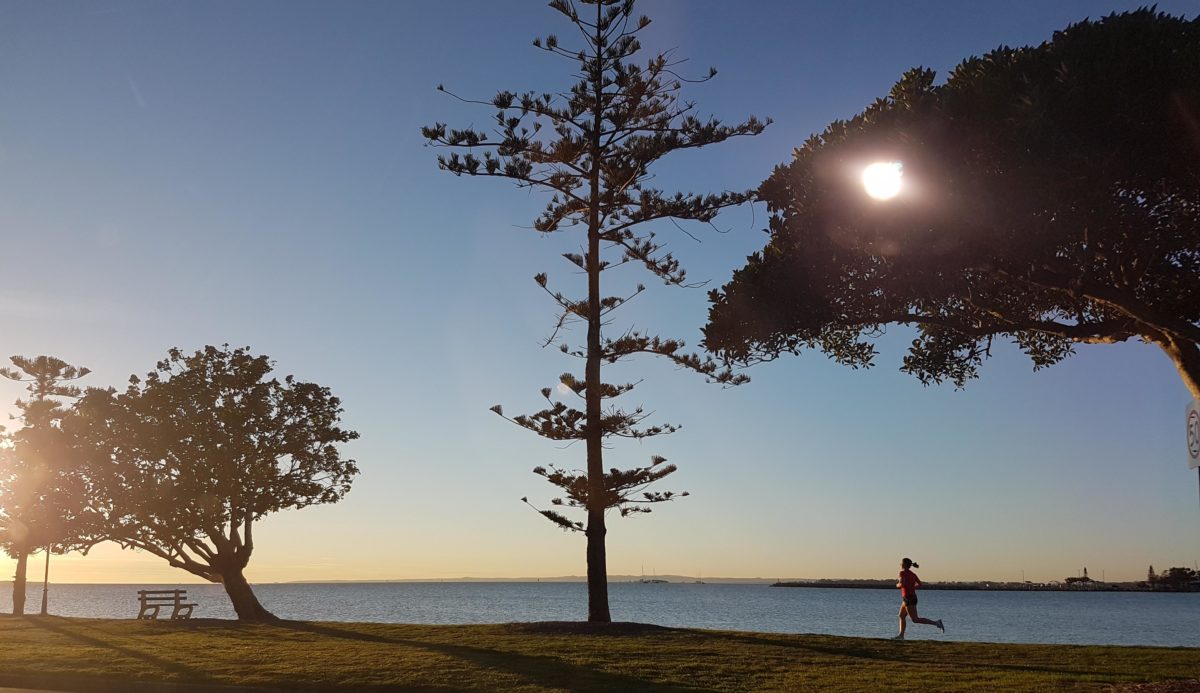The benefits of mindfulness seem enticing – not the least of which are improved mental health, clarity of mind and calmness.
Yet the change from the habit of busyness seems such a big step. How do you go from filling every moment with activity – designed to keep up with a racing mind – to the ability to stop and “be in the moment”, fully present to what is happening around you?
The first step is to change your underlying assumption that busyness will get you what you want – achievement, happiness and success. Unless you change your underlying assumption, you will not be able to sustain a change in your habituated behaviour – you will keep returning to old habits when under stress.
The second step is to “start small, start now”. These are the words of wisdom from entrepreneur and marketing guru, Seth Godin who writes a daily blog. Seth’s advice is:
Start small, start now.
This is better than “start big, start later”.
One advantage is that you don’t have to start perfect.
You can merely start.
While Seth is writing in the context of internet marketing, the above advice has application to many facets of life, not the least of which is how to grow in mindfulness.
In an earlier post, I suggested that to sustain mindfulness practice, you can begin with “one breath at a time” – practising mindful breathing. To start small, is better than not to start at all. If you begin with one simple mindful practice that breaks your current routine, you will be able to persist and progressively grow in mindfulness. Persistence then brings its own reward – increasing benefits and reinforcement of your new habits.
The secret is to find a mindful practice, and timing for that practice, that suits you. Everyone is different, you need to find your own starting point – your next step.
By Ron Passfield – Copyright (Creative Commons license, Attribution–Non Commercial–No Derivatives)
Image source: courtesy of geralt on Pixabay









